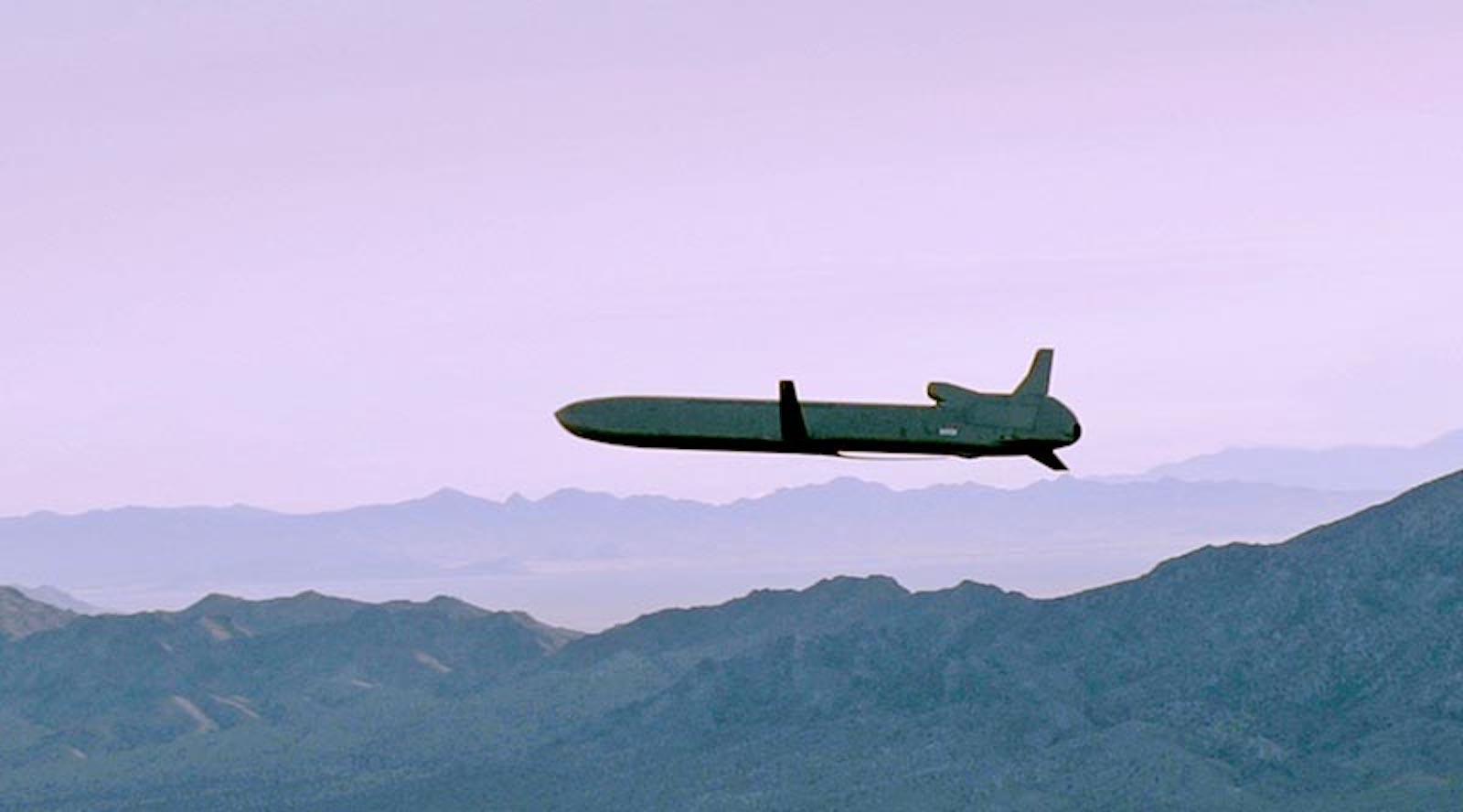(MENAFN- Asia Times)
This month, the US is wrapping up tests of its high-powered joint electromagnetic non-kinetic strike weapon (HIJENKS) at Naval Air Station China Lake.
HIJENKS takes advantage of major military powers' ever-increasing reliance on sophisticated electronics, making them vulnerable to electronic attacks that aim to destroy these systems, damage sensitive components, deny their use and degrade their capabilities.
HIJENKS may be useful in conventional wars or against adversaries with no defense against cruise missiles such as insurgents, defense analyst Kelsey Atherton notes in C4ISRNET. However, he cautions that HIJENKS may be less useful against low-tech adversaries with nuclear weapons such as North Korea.
Pyongyang relies primarily on aging Soviet-era artillery, which would essentially be unaffected by a high-power microwave blast.
In addition, Atherton says that while nuclear-tipped ballistic missiles are vulnerable to a HIJENKS-style attack on the launchpad, North Korea stores its nuclear weapons in shelters hardened against electronic attack – and the odds are improbable that a high-power microwave beam could stop a ballistic missile in flight.
Descended from the CHAMP
Breaking Defense describes HIJENKS as a high-power microwave device mounted on a modified JASSM-ER air-launched cruise missile, making it a long-range standoff electronic attack weapon.
That source also states that it is an evolution of the earlier counter-electronics high-power microwave advanced missile project (CHAMP), which completed testing a decade ago.
Jeffry Heggemeier, chief of the US Air Force Research Laboratory's high-power electromagnetics division, says HIJENKS builds on CHAMP, using new technology that allows for smaller equipment for a more rugged environment.
Defense Update states that the idea behind CHAMP was to develop a non-lethal alternative to neutralize electronic targets and create a cost-effective option in place of traditional explosive weapons that cannot penetrate hidden, underground targets.

A CHAMP missile in flight. Image: Twitter
The HPM pulse can travel to metal leads leading to underground command centers, burning out sensitive electronics such as computers, power supplies and communications gear.
In demonstrating how CHAMP works, Boeing posted a video showing a simulated missile flying over selected targets, hitting them with targeted high-power radio wave bursts, defeating their electronic and data systems without causing injury or collateral damage.
A 2020 study published by the US Air Command and Staff College notes the improvements of the HIJENKS over the CHAMP. It mentions that the CHAMP used the AGM-86 air-launched cruise missile that has recently been retired from service and that using the JASSM-ER would increase the weapon's range and give it stealth capabilities to penetrate defended airspace.
The study also mentions improvements in power sources for high-power microwave, stating that these devices have become smaller, lighter and more powerful, resulting in a greater maximum range. As such, it becomes possible to mount these devices on smaller platforms.
China's EMP competitor
The US is not alone in developing a long-range standoff electronic attack weapon.
Last year, the South China Morning Post reported that China is developing a hypersonic weapon capable of generating an intense electromagnetic pulse (EMP) capable of wiping out communications and power lines within a two-kilometer radius, citing the Chinese domestic journal Tactical Missile Technology.
There are also several differences between the HIJENKS and China's hypersonic electromagnetic pulse weapon. For example, while the HIJENKS uses a high-power microwave device to emit aimed energy pulses while flying over multiple targets, the South China Morning Post says that China's hypersonic EMP uses a chemical explosion to compress a“flux compression generator,” which converts shock energy into short but extremely powerful electromagnetic bursts.
While the source notes that a non-nuclear EMP bomb is heavy and bulky due to the large number of batteries needed to trigger the explosion, it mentions that China's new EMP hypersonic weapon uses a heat-to-electricity generator to charge super-capacitors with the heat generated from hypersonic flight.
Although the HIJENKS and China's hypersonic EMP have stealth characteristics, they achieve stealth differently. While the HIJENKS relies on the JASSM-ER missile's stealthy airframe to evade enemy air defenses, the South China Morning Post states China's hypersonic EMP will use the plasma layer that forms around the missile during hypersonic flight to shield itself from radar signals, converting the extreme heat from hypersonic flight into electricity to power plasma generators on different parts of the missile body.
MENAFN07072022000159011032ID1104490994
Legal Disclaimer:
MENAFN provides the information “as is” without warranty of any kind. We do not accept any responsibility or liability for the accuracy, content, images, videos, licenses, completeness, legality, or reliability of the information contained in this article. If you have any complaints or copyright issues related to this article, kindly contact the provider above.